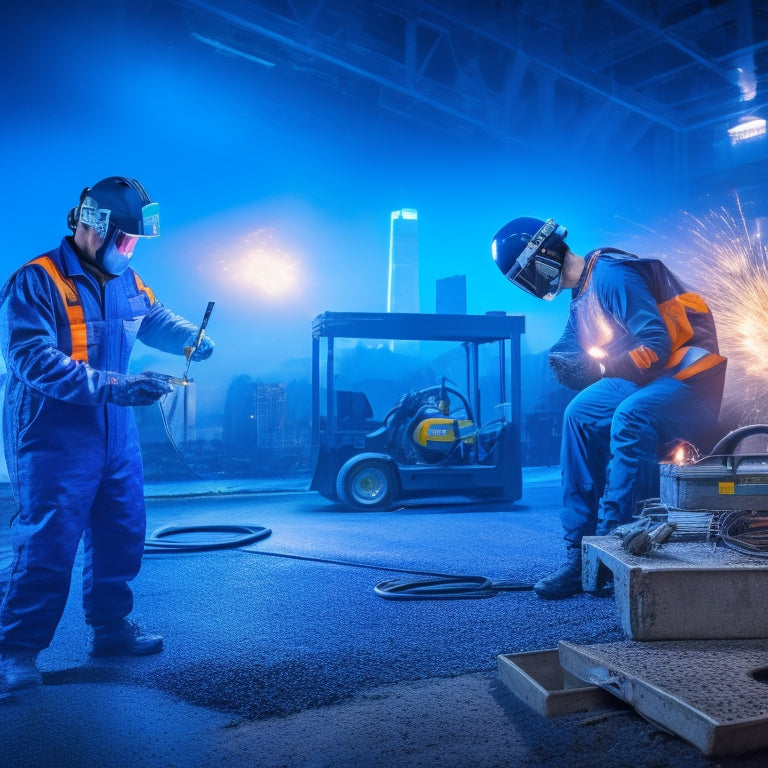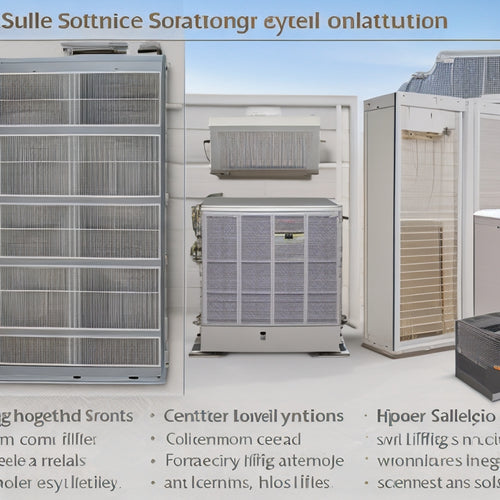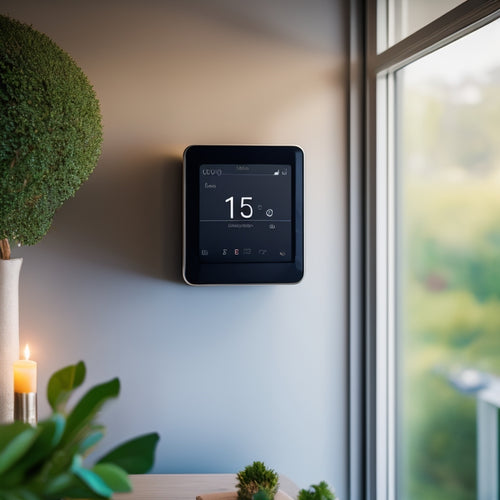
Mastering Safety on Hybrid/Electric Vehicle Welding
Share
Mastering safety on hybrid and electric vehicle welding requires a thorough understanding of the unique hazards and risks associated with high-voltage systems and specialized welding processes. Rigorous safety precautions, such as wearing protective gear and maintaining a well-ventilated environment, are essential to prevent accidents. Properly disconnecting batteries and disabling high-voltage systems is necessary to prevent electrical shock. Additionally, specialized equipment and training are required for effective repairs. As the complexity of hybrid and electric vehicles continues to evolve, a deep understanding of safety protocols and advanced repair techniques is essential to ensure safe and efficient servicing.
Key Takeaways
• Wearing appropriate safety gear, including gloves and safety glasses, is essential for hybrid/EV welding safety.
• Ensure a well-ventilated work environment to prevent inhalation of harmful fumes and particles.
• Disconnect batteries and disable high-voltage systems before starting welding to prevent electrical shock.
• Keep a fire extinguisher nearby and have a plan in place for emergency situations.
• Stay up-to-date with the latest safety protocols and guidelines for hybrid/EV welding to minimize risks.
Safety Precautions and Procedures
When working on hybrid or electric vehicles, it is crucial to observe rigorous safety precautions and procedures to prevent electrical shock, fire, and other hazards, safeguarding the well-being of technicians and the integrity of the vehicle.
Technicians must wear appropriate safety gear, including gloves, safety glasses, and a welding helmet, to protect themselves from electrical arcs and sparks. The welding environment should be well-ventilated, and a fire extinguisher should be readily available.
Additionally, technicians should disconnect batteries and disable high-voltage systems properly to avoid electrical shock. By following these safety precautions and procedures, technicians can guarantee a safe and successful welding operation on hybrid or electric vehicles.
Advanced Repair Techniques and Tools
Advanced repair techniques, including specialized welding processes and modern dent-fixing methods like Glue Pull Repair, are critical for technicians to master in order to effectively repair hybrid and electric vehicles. These modern repair methods necessitate specialized equipment and training to guarantee precise and efficient repairs. To optimize the repair process, technicians can utilize tools such as:
| Tool/Equipment | Function |
|---|---|
| Welding torches | Precise welding for high-strength steel and aluminum |
| Dent-fixing tools | Glue Pull Repair for minimally invasive repairs |
| Measuring devices | Accurate measurement for precise repairs |
| Protective gear | Safety equipment for technicians during repair |
Efficient EV Servicing and Calibration
How can collision repair facilities optimize their servicing operations to efficiently support the growing demand for electric vehicle repairs?
By investing in specialized tools and training, shops can streamline their EV maintenance processes. Calibration equipment, in particular, is vital for ensuring the accurate calibration of advanced driver-assistance systems (ADAS).
Regular updates on calibration equipment and software are essential to stay current with evolving vehicle technologies. Moreover, technicians should undergo thorough training on EV-specific repair techniques and safety protocols.
Frequently Asked Questions
What Are the Legal Implications of Improper High-Voltage System Disabling?
Improper high-voltage system disabling can lead to catastrophic consequences, exposing technicians and shops to liability exposure and regulatory non-compliance, resulting in fines, legal action, and irreparable damage to reputation and credibility.
How Do I Stay Updated on New Hybrid and Electric Vehicle Models?
Stay informed on new hybrid and electric vehicle models by subscribing to manufacturers' Vehicle Newsletters and monitoring industry publications for Model Releases, ensuring awareness of emerging technologies and servicing requirements.
Can I Use Welding Techniques on Non-Structural Components Only?
When performing non-structural welding on hybrid or electric vehicles, prioritize component safety by adhering to manufacturer guidelines and ensuring proper insulation and protection of electronic components to prevent damage or electrical shock.
Are There Any Insurance Discounts for EV Servicing Certifications?
"Research indicates that insurance providers offer discounts to certified EV servicing technicians, recognizing the reduced risk of accidents and improved safety. Certification benefits include insurance perks, enhanced credibility, and increased customer trust."
What Is the Recommended Frequency for ADAS Calibration Training?
For ideal ADAS calibration, training protocols recommend recalibration every 6-12 months or as dictated by OEM specifications, ensuring technicians stay updated on evolving calibration requirements and advanced safety features.
Related Posts
-

Why Solar HVAC Filters Revolutionize Home Energy Efficiency
By adopting solar HVAC filters, you're shifting your home's energy reliance from fossil fuels to clean, renewable sou...
-

Smart Energy: Greener Homes With Connected Power Devices
You can control and optimize your energy consumption with smart energy devices, reducing your carbon footprint by up ...
-

7 Blockchain Tools for Home Energy Management
You can utilize blockchain technology to optimize your home's energy management through innovative solutions like blo...


